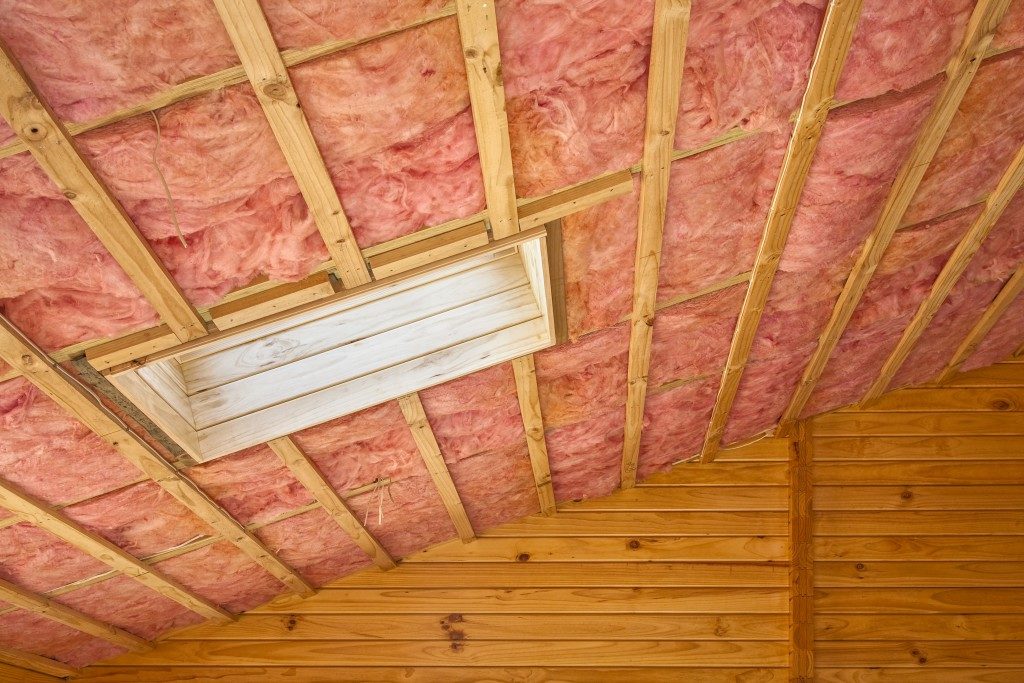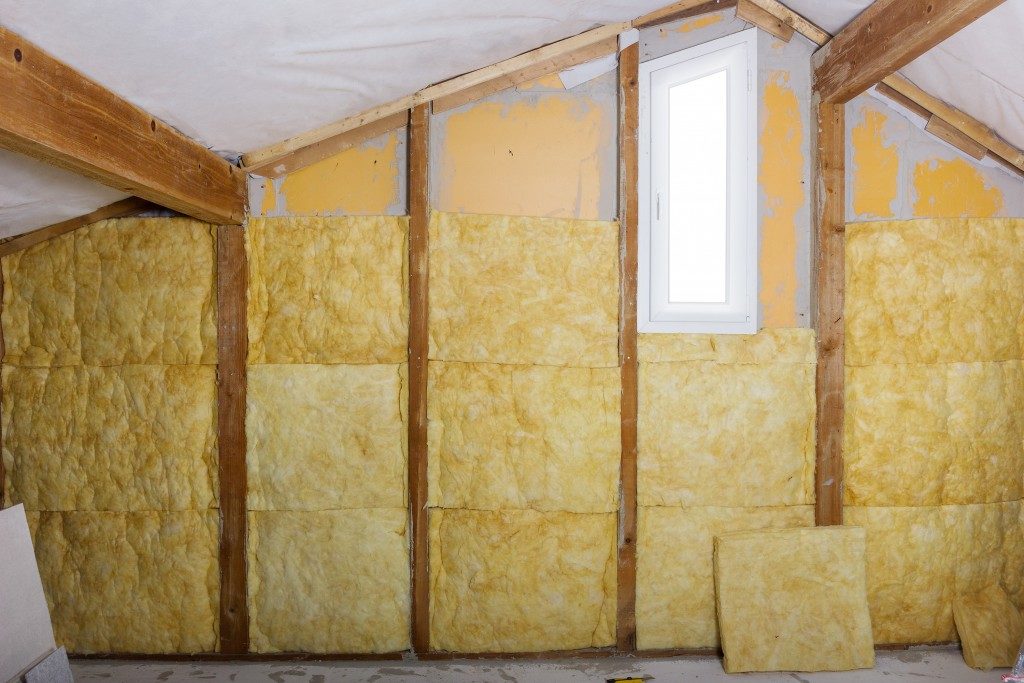Installing the right insulation to the walls, roof and slab of your house could be among the most affordable and effective ways to lower the heating and cooling bills of your home in Knoxville, TN. However, since all houses are different, and since there are many different options for insulating a house, it could be quite confusing to decide on what’s the most appropriate method for a specific project. To get you started, it’s essential that you understand the basics of insulation.
What are the Different Kinds of Insulation?
One of the most widely used types of insulation is fiberglass rolls or pre-cut sheets, also called batts. This type of insulation is most commonly utilized plenty of home areas, from floors and walls to crawlspaces and attics.
Benefits afforded by fiberglass insulation include affordability, a well-documented history of fire resistance and safety testing, and affordability. It also boasts of long service life, with many homeowners reporting that it does not require replacing and usually lasts the lifetime of their homes.
Loose-fill or blown-in fiberglass is another form of insulation that’s usually utilized in unfinished floors, but can likewise be utilized in finished walls as well as spaces that are hard to reach. Blown-in insulation can also come in cellulose consisting of recycled newspaper fibers, wood, or paperboard stock. It’s chemically treated to give it fire-resistant properties.
There’s also mineral wool and rock insulation that has been used since the 20s and is manufactured from melted rocks that are made into fibers. This is available loose-fill, rolls, or batts, is fire-resistant, and can be utilized throughout your entire home.
In addition, there’s spray foam, which is a chemical-based form of insulation that can be sprayed into attics and walls.
How Much Insulation Do You Need?

The answer to this question would depend on various factors that include the following:
- The climate in your area. This is especially crucial if the climate in your area is extremely cold or hot. One way to help ensure that your home will be insulated according to your specific climate zone is to check the resistance to heat flow or R-value of the insulation product to be installed, which you can see on the label. Basically, the higher it is, the more effective it is in insulating.
- Your budget.
- Your heating and cooling system.
- Where you’re installing the insulation.
- Whether you’re having a professional install the insulation or you’re doing it yourself.
Lastly, there are a couple of more factors you should consider when deciding which kind of insulation you should invest in. For example, the material’s heat capacity could have a significant impact on how it will perform in hot climates or during summer.
Likewise, you should also factor in the transpiration and density of the material. Additionally, if you have an older house, it’s probably built according to previous codes so might have to increase the amount of insulation to get it up to code.
With that said, make sure to keep these basic insulation facts in mind to make sure that you end up with the most effective and appropriate insulation setup specific to your requirements.
